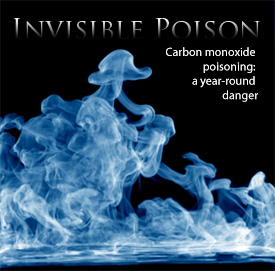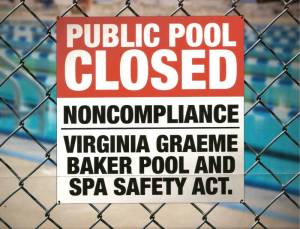“Because of the risk for outbreak of illness, it is essential that public pools and water parks follow Centers for Disease Control and Prevention guidelines for adequate chlorine and pH levels.â€
 Sunlight, dirt, debris and material from swimmers’ bodies can all reduce chlorine levels in pool water. That is why chlorine levels must be routinely measured. As pH goes up, the ability of chlorine to kill germs goes down, so pH levels also need to be tested. Specific regulations regarding testing timetables and testing procedures would prevent illness.
Sunlight, dirt, debris and material from swimmers’ bodies can all reduce chlorine levels in pool water. That is why chlorine levels must be routinely measured. As pH goes up, the ability of chlorine to kill germs goes down, so pH levels also need to be tested. Specific regulations regarding testing timetables and testing procedures would prevent illness.
“…E. coli O157 can cause severe dehydration, hemorrhagic colitis (may require removal of part of the colon), and hemolytic uremic syndrome (HUS), sometimes referred to as E. coli kidney failure. In addition to uremia and renal failure, HUS can cause seizures, strokes, encephalopathy, acute respiratory distress syndrome, heart attack and heart failure, blindness, paralysis, pancreatitis and death…”
E. coli attorney Fred Pritzker is calling for better regulations for public swimming pools after fifteen people were sickened at the Opelika SportsPlex and Aquatic Center in Opelika, Alabama. Parents should be able to bring their children to a public swimming facility without the children getting exposed to E. coli O157 or another dangerous pathogen,†said Pritzker. “Better regulations regarding chlorine and pH testing would help prevent E. colioutbreaks.â€
To date, thirteen children and two adults who either played in the Splash Park or swam in the pool at the Opelika SportsPlex and Aquatic Center between June 4 and June 22 were identified with severe gastrointestinal illness consistent with E. coli O157 poisoning. Five children have been confirmed positive for E. coli O157:H7 infection.
Four children were hospitalized, and two remain hospitalized. “Based on the information that we have now, it appears that the common source of exposure was the Aquatic Center,†said State Health Officer Dr. Donald Williamson.








